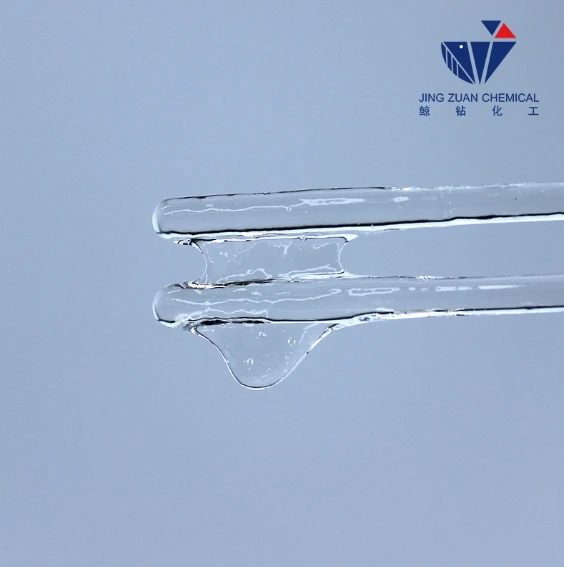
oct. . 11, 2024 18:08 Back to list
hpmc chemical structure
Exploring the Chemical Structure of HPMC A Versatile Polymer
Hydroxypropyl Methylcellulose (HPMC) is a non-ionic, water-soluble cellulose ether that has garnered substantial attention across various industries due to its exceptional properties and versatility. The chemical structure of HPMC plays a crucial role in determining its functional characteristics, making it an essential material in applications ranging from pharmaceuticals to food products, cosmetics, and construction.
The core of HPMC's structure is derived from cellulose, a natural polymer composed of linear chains of glucose units linked by β-1,4-glycosidic bonds. The substitution of hydroxyl groups in the cellulose backbone with hydroxypropyl and methoxy groups transforms cellulose into HPMC, enhancing its solubility and functional capabilities. Specifically, hydroxypropyl groups are introduced via etherification, while methyl groups are introduced through methylation. This modification not only affects its solubility in water but also alters its viscosity, gel formation, and film-forming properties.
Exploring the Chemical Structure of HPMC A Versatile Polymer
One outstanding feature of HPMC is its ability to form stable gels and thickened solutions when hydrating with water. This behavior is particularly significant in pharmaceutical applications, where HPMC is used as a binder and disintegrant in tablets, as well as a thickening agent in liquid formulations. Its ability to retain water makes it an ideal candidate for controlled-release formulations, enabling prolonged absorption of active pharmaceutical ingredients.
hpmc chemical structure

In the food industry, HPMC serves as a thickener, stabilizer, and emulsifier. Its non-toxic nature and ability to create a desirable texture in products like sauces, dressings, and ice creams highlight its multifunctionality. Additionally, HPMC is favored in gluten-free products as a substitute for gluten, providing structure and elasticity that would typically be absent in such formulations.
In the realm of construction, HPMC is utilized as an additive in cement-based materials. Here, its properties help improve workability, water retention, and adhesion of mortars and plasters, which is vital for the quality and longevity of construction applications.
Moreover, HPMC has found a place in the cosmetic industry as a viscosifying agent and film former in various personal care products. Its gentle characteristics make it suitable for sensitive skin formulations, enhancing the stability and performance of lotions and creams.
In summary, the chemical structure of Hydroxypropyl Methylcellulose is fundamental to its versatility and functionality across a broad spectrum of industries. By modifying its chemical composition, manufacturers can tailor HPMC to meet the specific needs of various applications, highlighting its importance as a multifunctional polymer in modern formulations. As research continues to uncover more about its capabilities, HPMC is set to maintain its prominence in both established and emerging industries.
-
The Widespread Application of Redispersible Powder in Construction and Building Materials
NewsMay.16,2025
-
The Widespread Application of Hpmc in the Detergent Industry
NewsMay.16,2025
-
The Main Applications of Hydroxyethyl Cellulose in Paints and Coatings
NewsMay.16,2025
-
Mortar Bonding Agent: the Key to Enhancing the Adhesion Between New and Old Mortar Layers and Between Mortar and Different Substrates
NewsMay.16,2025
-
HPMC: Application as a thickener and excipient
NewsMay.16,2025
-
Hec Cellulose Cellulose: Multi functional dispersants and high-efficiency thickeners
NewsMay.16,2025







